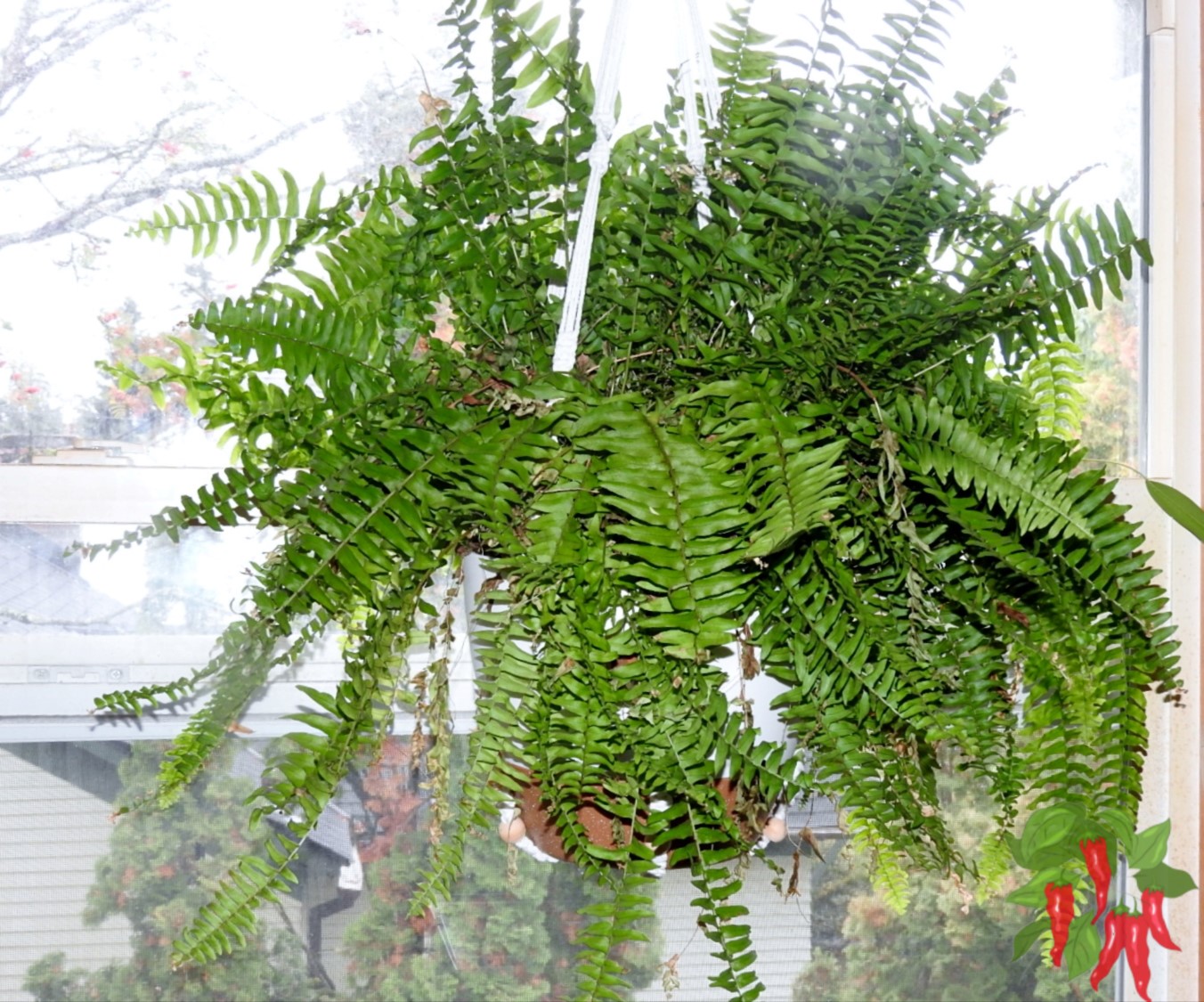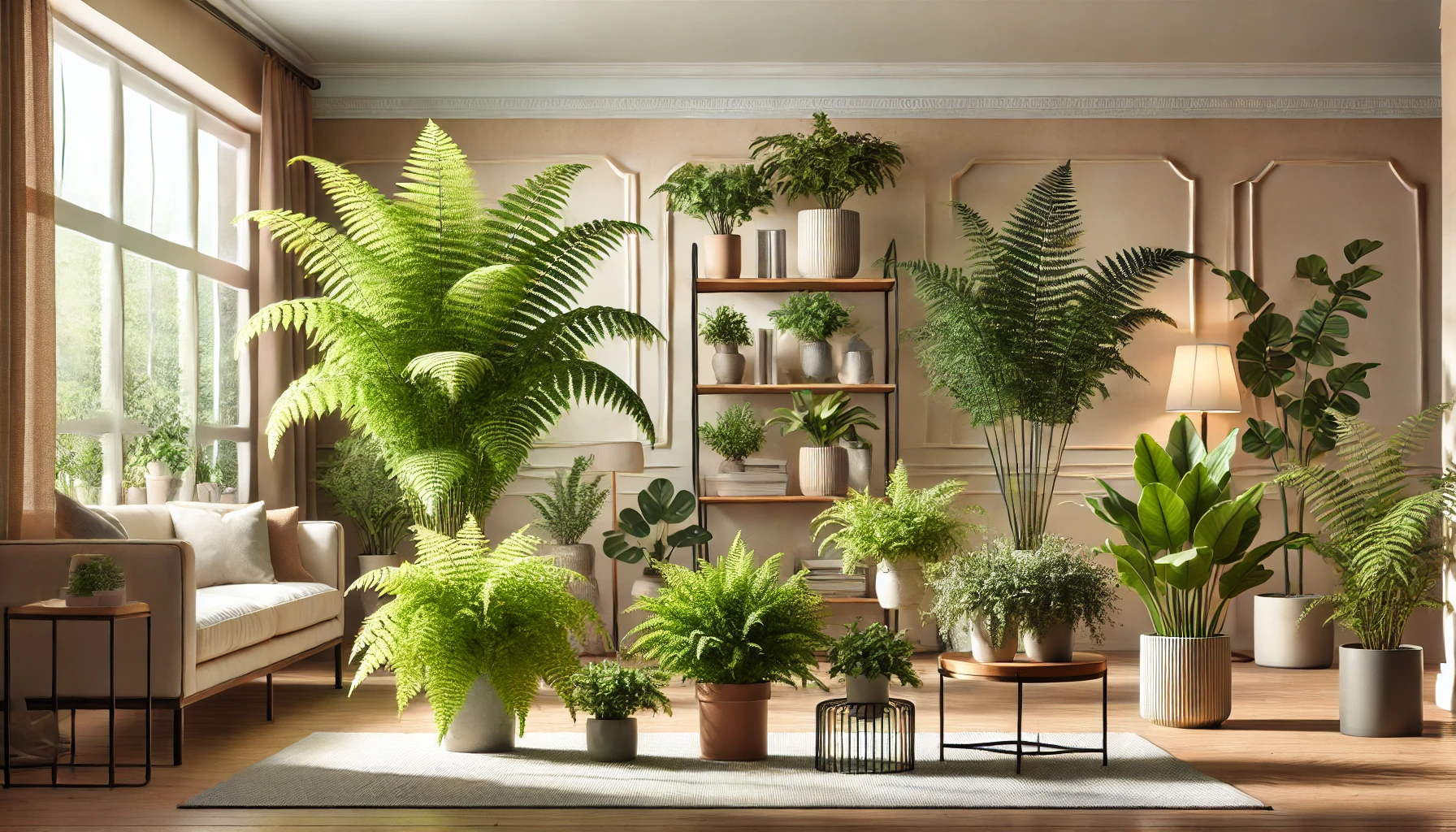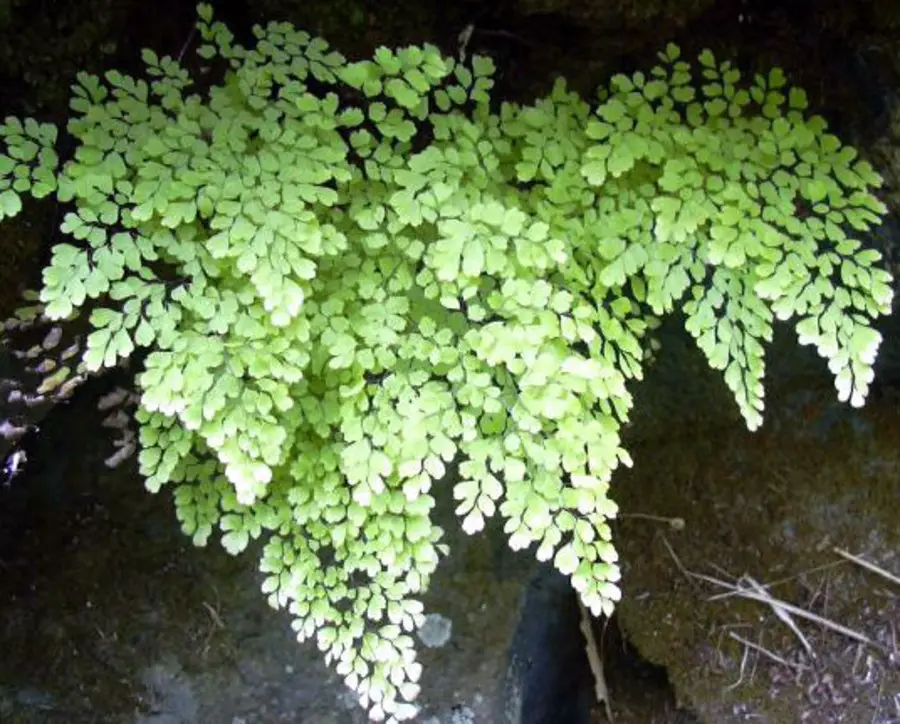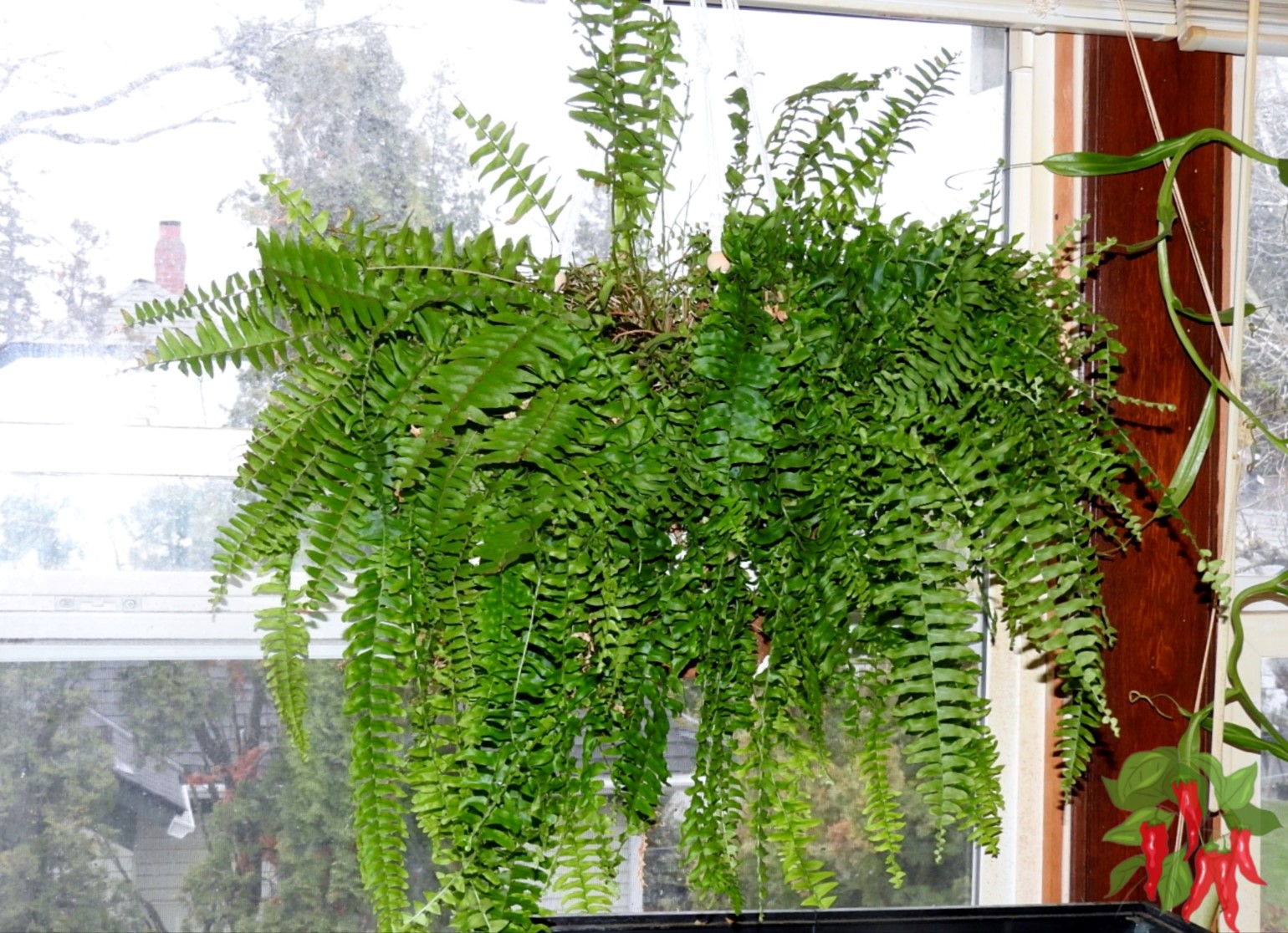This post contains affiliate links. If you buy something from one of our links we may earn a commission. Thanks
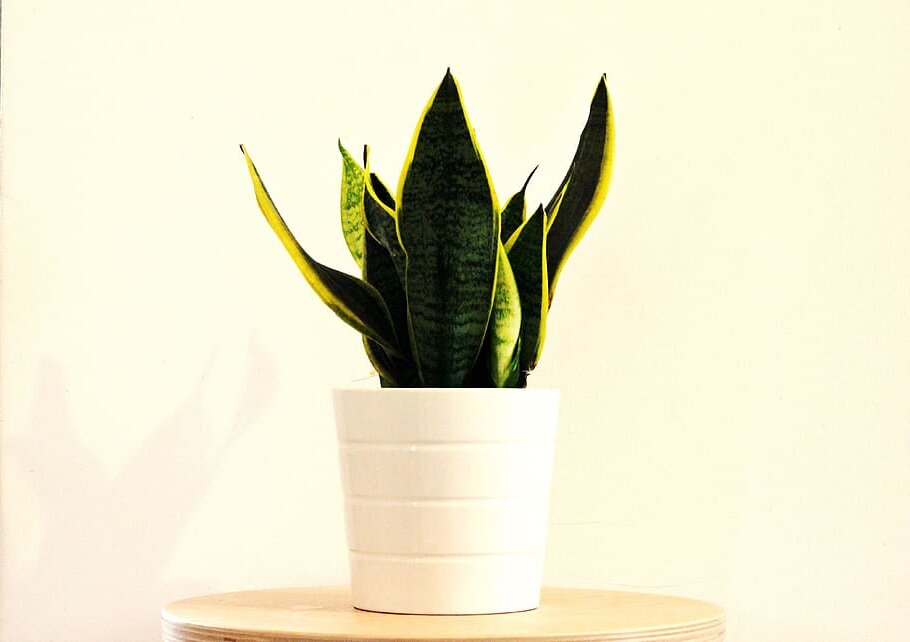
Choosing the best indoor plants for beginners can transform your space and boost your mood without demanding too much of your time.
Feeling like you don’t have a green thumb? No worries! These easy-care plants are perfect for busy folks or those just starting their plant parent journey.
Best Indoor Plants for Beginners Key Takeaways
- Best Indoor Plants for Beginners include the Snake Plant, Pothos, and ZZ Plant.
- These low-maintenance options thrive in various light conditions and require minimal care.
- They’re perfect for busy individuals or those new to plant care, offering air-purifying benefits and aesthetic appeal with little effort.
Best Indoor Plants for Beginners: Your Ultimate Guide to Green Success
With the Best Indoor Plants for Beginners, you can transform your space and boost your mood without demanding too much of your time.
Feeling like you don’t have a green thumb? No worries! These easy-care plants are perfect for busy folks or those just starting their plant parent journey.
1. Introduction: Why Indoor Plants Are Great for Beginners
Indoor plants are more than just pretty decorations – they’re little powerhouses of benefits packed into leafy packages.
For beginners, they offer an easy way to dip your toes into the world of gardening without diving headfirst into a full-blown outdoor garden.
Improving Air Quality
First off, let’s talk about air quality. Indoor plants are nature’s air purifiers. They gobble up toxins and pump out fresh oxygen, making your home a healthier place to live. It’s like having a bunch of tiny, green air filters working 24/7.
Improving Mental Health
But the perks don’t stop there. Having plants around can do wonders for your mental health.
There’s something calming about caring for a living thing, watching it grow, and seeing the fruits (or flowers) of your labor.
It’s a natural stress-buster that can help you feel more relaxed and connected to nature, even if you’re stuck in a high-rise apartment.
Adding Aesthetic Appeal
And let’s not forget the aesthetic appeal. A few well-placed plants can turn a dull room into a vibrant, inviting space. They add color, texture, and life to your home decor without breaking the bank.
No Green Thumb Needed
The best part? You don’t need to be a botanical expert to reap these benefits. There are plenty of low-maintenance plants that are perfect for beginners.
These tough little guys can withstand a bit of neglect and still thrive, making them ideal for busy people or those who are just starting their plant parent journey.
In this guide, we’ll walk you through everything you need to know about choosing and caring for beginner-friendly indoor plants.
From light requirements to watering needs, we’ve got you covered. So, let’s get started on your journey to becoming a confident plant parent!
2. Factors to Consider When Choosing Indoor Plants for Beginners
Before we dive into specific plant recommendations, let’s talk about some key factors you should consider when choosing indoor plants. Understanding these basics will help you pick plants that will thrive in your unique home environment.
Light Requirements
Light is like food for plants. Without it, they can’t photosynthesize and grow. But not all plants need the same amount of light. Here’s a quick breakdown:
- Low-light plants: These tough cookies can survive in darker corners of your home. They’re perfect for rooms with north-facing windows or spaces far from windows.
- Indirect light plants: Most indoor plants fall into this category. They like bright areas but prefer to be out of direct sunlight. East or west-facing windows are often ideal.
- Bright-light plants: These sun-lovers need a lot of light to thrive. South-facing windows are their best friends.
When choosing a plant, think about where you want to put it and how much natural light that spot gets.
It’s easier to choose a plant that fits your space than to try to change your space to fit a plant!
Watering Needs
Watering is often the trickiest part of plant care for beginners. Too much water can be just as harmful as too little. Here are some tips to help you get it right:
- Check the soil: Before watering, stick your finger about an inch into the soil. If it feels dry, it’s time to water. If it’s still moist, wait a bit longer.
- Use well-draining pots: Make sure your pots have drainage holes to prevent water from sitting at the bottom.
- Water deeply but less frequently: When you do water, make sure to thoroughly soak the soil. This encourages deeper root growth.
- Adjust for seasons: Plants typically need less water in winter when they’re not actively growing.
Remember, it’s usually better to underwater than overwater. Most plants can bounce back from being a bit dry, but root rot from overwatering is harder to fix.
Humidity and Temperature
Most indoor plants are tropical or subtropical in origin, which means they like it warm and humid. Here are some simple tips to keep your plants comfy:
- Avoid drafts: Keep plants away from air conditioning vents or drafty windows.
- Group plants together: This creates a mini humidity zone around them.
- Use a pebble tray: Fill a tray with pebbles and water, and place your plant pot on top. As the water evaporates, it increases humidity around the plant.
- Mist regularly: A quick spritz with a spray bottle can boost humidity for your plants.
As for temperature, most houseplants are happy in the same temperatures we are – between 60-75°F (15-24°C).
Just keep them away from cold windows and hot radiators in winter.
Pet Safety
If you have furry friends at home, it’s crucial to choose plants that are non-toxic to pets. Some common houseplants can be harmful if ingested by cats or dogs. Always research before bringing a new plant home, and keep potentially harmful plants out of reach.
Some pet-friendly options include:
- Spider Plant
- Boston Fern
- Parlor Palm
- African Violet
Remember, even non-toxic plants can cause stomach upset if eaten in large quantities, so it’s best to discourage your pets from snacking on your greenery.
Pet-Friendly Indoor Plants for Beginners: Essential Care Guide
3. Best Low-Maintenance Indoor Plants for Beginners
Now that we’ve covered the basics, let’s dive into some of the best low-maintenance indoor plants for beginners. These plants are known for their hardiness and ability to thrive even with a bit of neglect.
1. Snake Plant (Sansevieria)

Live Snake Plant, Sansevieria trifasciata Laurentii, Fully Rooted Indoor House Plant in Pot, Mother in Law Tongue Sansevieria Plant, Potted Succulent Plants, Sansevieria laurentii by Plants for Pets
If you’re looking for a plant that can handle just about anything, the Snake Plant is your guy. Also known as Mother-in-Law’s Tongue (no comment on that name!), this plant is practically indestructible.
- Light: It can tolerate low light but grows faster in brighter conditions.
- Water: Let the soil dry out completely between waterings. In winter, you might only need to water it once a month!
- Care tips: It’s prone to root rot, so make sure it’s in well-draining soil.
Why it’s great for beginners:
The Snake Plant is like the camels of the plant world – it can go long periods without water. It’s perfect for busy individuals or frequent travelers.
2. Pothos (Epipremnum aureum)
 Costa Farms Golden Pothos Live Plant, Easy Care Indoor House Plant in Modern Decor Planter Pot, Potting Soil, Natural Air Purifier Houseplant, Housewarming Gift, Home Decor, Room Decor, 10-Inches Tall
Costa Farms Golden Pothos Live Plant, Easy Care Indoor House Plant in Modern Decor Planter Pot, Potting Soil, Natural Air Purifier Houseplant, Housewarming Gift, Home Decor, Room Decor, 10-Inches Tall
Pothos, also called Devil’s Ivy, is a vining plant that’s great for hanging baskets or trailing down bookshelves.
- Light: It adapts well to various light conditions, from low to bright indirect light.
- Water: Allow the top inch of soil to dry out between waterings.
- Care tips: Trim it regularly to keep it bushy, or let it trail for a dramatic look.
Why it’s great for beginners:
Pothos is incredibly forgiving and will even tell you when it needs water – its leaves will start to droop. Plus, it’s super easy to propagate, so you can grow your plant collection for free!
3. Spider Plant (Chlorophytum comosum)

Shop Succulents Spider Plant, Hanging Live Indoor Plant, Easy Care Hanging Trailing Houseplant in Nursery Pot, Air Purifying Plant in Soil, Housewarming, Home Décor, Trails 4-6 Inches
Spider Plants are fun, fast-growing plants that produce babies (called “spiderettes”) on long stems.
- Light: They prefer bright, indirect light but can tolerate lower light conditions.
- Water: Keep the soil lightly moist but not soggy.
- Care tips: Remove the spiderettes to keep the plant compact, or plant them to grow new Spider Plants.
Why it’s great for beginners:
Spider Plants are hardy and adaptable. They’re also great air purifiers and safe for pets.
4. ZZ Plant (Zamioculcas zamiifolia)

Costa Farms ZZ Plant, Live Indoor Houseplant in Modern Decor Planter, Natural Air Purifier in Potting Soil, Gift for Plant Lovers, Birthday Gift, Tabletop Living Room Decor, Desk Decor, 12-Inches Tall
The ZZ Plant is often mistaken for an artificial plant because it looks perfect all the time with minimal care.
- Light: It can survive in very low light conditions, making it perfect for offices or dark corners.
- Water: Allow the soil to dry out completely between waterings. It can go weeks without water.
- Care tips: Be careful not to overwater – this plant prefers to be on the dry side.
Why it’s great for beginners:
The ZZ Plant is extremely drought-tolerant and can handle low-light environments, making it perfect for those who might forget to water or don’t have bright spaces.
5. Peace Lily (Spathiphyllum)
 Costa Farms Peace Lily Live Indoor Plant, Elegant Air Purifying Houseplant with Blooming Fresh Flowers, Decor Plant Pot, Birthday, Anniversary, Housewarming, Room Decor, 15-Inches Tall
Costa Farms Peace Lily Live Indoor Plant, Elegant Air Purifying Houseplant with Blooming Fresh Flowers, Decor Plant Pot, Birthday, Anniversary, Housewarming, Room Decor, 15-Inches Tall
Peace Lilies are beautiful plants that produce white “flowers” (actually modified leaves called spathes).
- Light: They can tolerate low light but bloom better in brighter conditions.
- Water: Keep the soil consistently moist but not waterlogged.
- Care tips: Peace Lilies are dramatic – they’ll droop when they need water and perk right back up after watering.
Why it’s great for beginners:
Peace Lilies are excellent communicators. They’ll visually let you know when they need water, taking the guesswork out of plant care.
4. Easy-Care Succulents and Cacti
If you’re looking for plants that truly thrive on neglect, succulents, and cacti are your best friends. These plants have adapted to store water in their leaves or stems, making them incredibly drought-tolerant.
1. Aloe Vera

Live Aloe Vera Plant Live Succulents Plants Live Plants (1G), Aloe Plant Live Succulent Plants Live Aloe Plants Live Houseplants, Aloe Vera Plant Indoor Succulents Indoor Plants by Plants for Pets
Aloe Vera isn’t just a pretty face – it’s also a useful plant to have around.
Light: Bright, indirect light is best. Too much direct sun can scorch the leaves.
Water: Allow the soil to dry out completely between waterings. In winter, you might only need to water once a month.
Care tips: Make sure it’s in a pot with drainage holes to prevent root rot.
Why it’s great for beginners:
Aloe is very forgiving of neglect and has the added bonus of being useful. The gel inside the leaves can be used to soothe minor burns and skin irritations.
2. Jade Plant
 Jade Plant 4″ Crassulla Ovata Hummel’s Sunset Succulent Plants Live, Easy to Grow Hard to Kill Houseplant by The Succulent Cult
Jade Plant 4″ Crassulla Ovata Hummel’s Sunset Succulent Plants Live, Easy to Grow Hard to Kill Houseplant by The Succulent Cult
Jade Plants, with their thick, woody stems and oval-shaped leaves, have a miniature tree-like appearance that adds character to any space.
Light: They prefer bright light but can adapt to lower light conditions.
Water: Allow the soil to dry out between waterings. They can tolerate drought but will grow faster with regular watering.
Care tips: Jade plants can get top-heavy, so make sure they’re in a sturdy pot.
Why it’s great for beginners:
Jade Plants are long-lived and easy to care for. They’re also said to bring good luck, making them popular gifts.
3. Fishbone Cactus (Disocactus anguliger)

Epiphyllum Anguliger RIC Rac aka Fishbone or Zig Zag Cactus in 3 inch Nursery Plant Pot Live Rare Exotic Tropical Indoor House Plants Easy to Grow Housewarming Gift Decoration Gift by 3exoticgreen
Don’t let the word “cactus” fool you – this unique plant is actually an epiphyte (air plant) that naturally grows on trees in tropical forests.
Light: Unlike many cacti, it prefers partial shade to bright, indirect light.
Water: Water when the top inch of soil is dry. It needs more water than desert cacti but less than typical houseplants.
Care tips: It loves humidity, so it’s a great choice for bathrooms or kitchens.
Why it’s great for beginners:
The Fishbone Cactus is a conversation starter with its unusual zigzag leaves. It’s also less prickly and easier to handle than many other cacti.
5. Air-Purifying Plants That Improve Indoor Air Quality
Want to breathe easier? These plants are particularly good at removing toxins from the air, making your home a healthier place to live.
1. Rubber Plant (Ficus elastica)
 Costa Farms Burgundy Rubber Plant, Live Indoor Ficus Elastica Tree, Live Indoors Houseplant in Décor Planter Pot, Potting Soil Mix, Gift for Housewarming New House, Home or Office Decor, 2-3 Feet Tall
Costa Farms Burgundy Rubber Plant, Live Indoor Ficus Elastica Tree, Live Indoors Houseplant in Décor Planter Pot, Potting Soil Mix, Gift for Housewarming New House, Home or Office Decor, 2-3 Feet Tall
With its large, glossy leaves, the Rubber Plant makes a striking addition to any room.
Light: It prefers bright, indirect light but can tolerate moderate light.
Water: Allow the top layer of soil to dry out between waterings. Reduce watering in winter.
Care tips: Wipe the leaves occasionally to keep them dust-free and shiny.
Why it’s great for beginners:
Rubber Plants are excellent at removing formaldehyde from the air. They’re also relatively low-maintenance once established.
2. English Ivy (Hedera helix)
 Golden English Ivy – Hedera Helix Kolibri (2″ Grower Pot) – Eye-catching, Air-Purifying, Easy to Grow Houseplant – Best Trailing Houseplant for Home and Office Decoration
Golden English Ivy – Hedera Helix Kolibri (2″ Grower Pot) – Eye-catching, Air-Purifying, Easy to Grow Houseplant – Best Trailing Houseplant for Home and Office Decoration
English Ivy is a classic choice for hanging baskets or training to climb a trellis.
Light: It prefers moderate to bright indirect light but can adapt to lower light conditions.
Water: Keep the soil consistently moist but not waterlogged.
Care tips: Trim regularly to keep it bushy and prevent it from becoming too leggy.
Why it’s great for beginners:
English Ivy is particularly good at removing airborne fecal particles and formaldehyde, making it a great choice for bathrooms. It’s also very adaptable and can survive in a variety of conditions.
Beginner-Friendly Hanging Indoor Plants: 7 Easy Hanging Basket Plants
6. Best Plants for Different Rooms in the House
Different rooms in your house have different conditions, and some plants are better suited to certain spaces than others. Here’s a quick guide to help you choose the right plant for each room:
Kitchen
The kitchen often has higher humidity and varying temperatures, making it ideal for certain plants.
Herbs: Basil, rosemary, and mint not only look great but are also handy for cooking.
Spider Plant: It can handle the fluctuating temperatures and humidity in a kitchen.
Care tips: Keep plants away from the stove to avoid heat damage. Herbs will need regular harvesting to keep them bushy and productive.
Bathroom
Bathrooms typically have high humidity and lower light, perfect for tropical plants.
- Aloe Vera: It loves the steamy environment and doesn’t mind lower light.
- Ferns: Boston Ferns and Bird’s Nest Ferns thrive in the humid bathroom environment.
- Orchids: They love the humidity and can add a touch of elegance to your bathroom.
Care tips: Make sure there’s enough air circulation to prevent mold growth on the soil surface.
Bedroom
For the bedroom, choose plants that are known for their air-purifying qualities and calming effects.
- Lavender: Known for its soothing scent, it can help promote better sleep.
- Snake Plant: It releases oxygen at night, potentially improving your sleep quality.
- Peace Lily: It’s great at removing airborne toxins, helping you breathe easier while you sleep.
Care tips: If you have allergies, avoid flowering plants in the bedroom and opt for foliage plants instead.
Indoor Plants for Small Spaces: Big Green Impact in Tiny Places!
7. Tips for Beginner Plant Owners
Now that you’re familiar with some great beginner-friendly plants let’s talk about some general care tips to help you succeed in your plant parenthood journey.
Setting Up a Watering Schedule
Consistency is key when it comes to watering your plants. Here’s how to set up a watering routine:
1. Group plants with similar watering needs together.
2. Check your plants at the same time each week.
3. Water only when needed – stick your finger in the soil to check moisture levels.
4. Use a calendar or plant care app to track watering days.
Remember, it’s better to water deeply and less frequently than to give small amounts of water more often.
Importance of Drainage and Proper Potting Soil
Good drainage is crucial for plant health. Here’s why:
- Prevents root rot: Excess water needs somewhere to go, or it can lead to root rot.
- Promotes healthy root growth: Roots need air as well as water.
How to Repot Indoor Plants for Beginners: 7 Easy Repotting Tips
Tips for proper drainage:
1. Always use pots with drainage holes.
2. Add a layer of pebbles or broken pottery at the bottom of the pot.
3. Use a well-draining potting mix appropriate for your plant type.
Recognizing Common Plant Issues and How to Fix Them
Even with the best care, plants can sometimes have problems. Here are some common issues and how to address them:
1. Yellow leaves:
- Cause: Often due to overwatering, but it can also be from nutrient deficiency.
- Solution: Adjust the watering schedule and check if the plant needs fertilizer.
2. Brown leaf tips:
- Cause: Usually indicates low humidity or excess fertilizer.
- Solution: Increase humidity around the plant and flush the soil to remove excess salts.
3. Leggy growth:
- Cause: Insufficient light causes the plant to stretch towards light sources.
- Solution: Move the plant to a brighter location or supplement it with grow lights.
4. Pest infestation:
- Cause: This can occur due to various factors, including bringing home an infested plant.
- Solution: Isolate the affected plant, remove visible pests, and treat with neem oil or insecticidal soap.
Remember, most plant problems can be solved with a little patience and care. Don’t be discouraged if you face some challenges – it’s all part of the learning process!
8. Best Indoor Plants for Beginners FAQs
Q: What is the easiest indoor plant to care for?
A: The Snake Plant (Sansevieria) is often considered one of the easiest indoor plants to care for. It can tolerate low light and infrequent watering, making it perfect for beginners or busy individuals.
Q: How do I know when to water my plants?
A: The best way to determine if a plant needs water is to check the soil moisture. Stick your finger about an inch into the soil – if it feels dry at that depth, it’s time to water. Some plants, like Peace Lilies, will visibly droop when they need water.
Q: What indoor plants are safe for pets?
A: Some pet-friendly indoor plants include the Spider Plant, Boston Fern, Parlor Palm, and African Violet. Always research a plant’s toxicity before bringing it into a home with pets, and keep in mind that even non-toxic plants can cause stomach upset if ingested in large quantities.
Q: How often should I fertilize my indoor plants?
A: Most indoor plants benefit from fertilization during their active growing season (usually spring and summer).
Conclusion: Best Indoor Plants for Beginners
Embracing the Green Life: Your Journey with Indoor Plants
As we wrap up our guide to the Best Indoor Plants for Beginners, let’s recap some key points and look at how you can continue your plant parenthood journey.
Growing Your Green Family
Now that you’re familiar with some easy-care plants consider expanding your collection. Research plants that match your lifestyle and home environment.
Best Indoor Plants to Start a Collection: An Easy Beginner’s Guide
Troubleshooting Common Issues
Don’t be discouraged if you face challenges. Learning to identify and solve common plant problems is part of the journey.
Joining the Plant Community
Connect with other plant enthusiasts online or in local gardening groups. Sharing experiences and tips can enhance your plant care skills.
Key Takeaways:
• Start with low-maintenance plants like Snake Plants or Pothos
• Match plants to your home’s light conditions
• Develop a consistent watering routine
• Don’t be afraid to experiment and learn from experience
• Remember, even experienced plant owners make mistakes sometimes
🌱 Best Indoor Plants for Beginners
Just getting started with houseplants? These beginner-friendly guides will help you pick, grow, and care for indoor plants with confidence!
- 🌿 Best Indoor Plants for Beginners (Pillar Guide)
- 🐛 Common Indoor Plant Pests and How to Avoid Them
- 💨 Top Indoor Plants for Air Purification
- 🌱 How to Propagate Indoor Plants for Beginners
- 💧 Watering Tips for New Indoor Plant Owners
- 🌼 Easiest Indoor Plants to Grow
- 🪴 How to Choose the Right Indoor Pot for Beginners
- ⏳ Best Indoor Plants for Busy People
- 🌿 Beginner Guide to Indoor Plant Fertilizers
- 🏡 Indoor Plants for Small Spaces
- 😊 Best Indoor Plants for Improving Mood
- 💵 Budget-Friendly Indoor Plants for Beginners
- 🔄 How to Repot Indoor Plants for Beginners
- ❄️ Best Winter Indoor Plants for Beginners
- 🪴 Beginner-Friendly Hanging Indoor Plants
- 🐾 Pet-Friendly Indoor Plants for Beginners
- 🌵 Beginner-Friendly Succulents
- 💧 Best Indoor Plants for Low Humidity
- ⚠️ Common Mistakes Beginners Make with Indoor Plants
- 🌨️ Best Indoor Plants for Winter Months
- 🌸 Beginner-Friendly Indoor Flowering Plants
- ⚡ Indoor Plants with Fast Growth
- 🖤 Best Indoor Plants for Minimalist Decor
- 🌿 Best Indoor Plants to Start a Collection
- See all articles in our Best Indoor Plants for Beginners category
Common Mistakes Beginners Make with Indoor Plants: Top 7 Fixes
Beginner Guide to Indoor Plant Fertilizers: Simple Tips for Success
https://heavenlyhouseplants.com/best-winter-indoor-plants-for-beginners/
Related Content
Visit my Amazon Influencer Page for videos and gardening products Grow Your Own Garden

